
The students of Tribhuwan Secondary School in Nalgadh Municipality, Jajarkot district, have no choice but to study and take exams in the open sky. While some NGOs and INGOs have provided tents, they are insufficient for all the students.
Gyanendra Bahadur Singh, the school's headmaster, expressed concern about the lack of space as the SEE approaches. He stated, 'We are praying to Indra, the Rain God, to hold off on rain until the exams are completed.' Headmaster Singh stated that due to the slow reconstruction process, they are exploring ways to manage classes during the winter period.
The school, located in ward no. 1 of Nalgadh Municipality, is one of the largest high schools in the area with 1,200 students from ECD to class 12.
Singh added that they are in discussions with various INGOs, NGOs, the Municipality, and the Karnali Provincial government to take immediate steps to build temporary classrooms for the students.
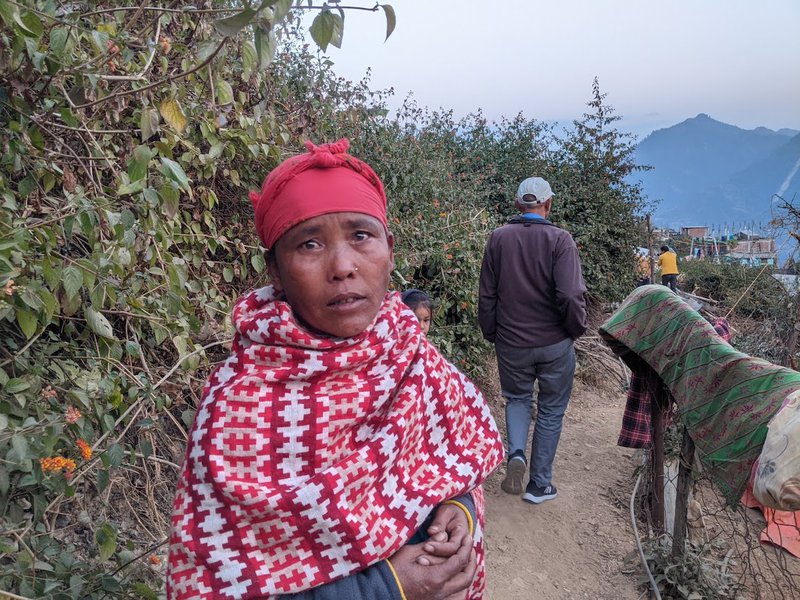
Nalgadh Municipality is facing significant challenges due to limited resources and extensive damage, particularly with regards to the 13 schools that have been badly affected. Mayor Damber Bahadur Rawat explains that the municipality heavily relies on grants from the Federal and Provincial governments, and is currently waiting for additional funding. “We have already spoken with INGOs and other major donors to request their support in reconstructing school buildings and health posts.”
Like Nalgadh Municipality, Bheri Municipality is also facing similar issues. Due to the destruction of classrooms, students at Bheri Tribeni Higher Secondary School in Bheri Municipality Ward 1 are being taught in open spaces. “Thank God we had a dry winter this time. Krishna Pariyar, a teacher at the school, stated that if there were to be any rainfall similar to that of the past, students would have to pay a high price.
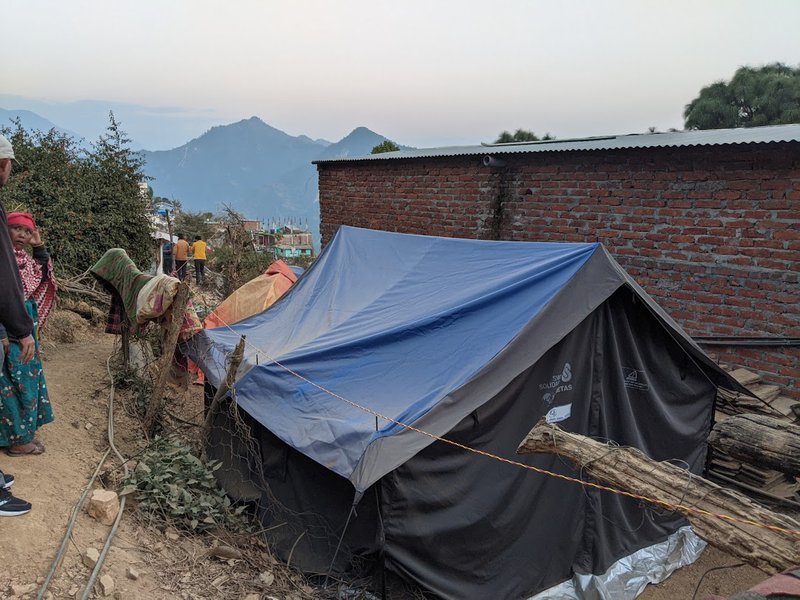
Tribeni Higher Secondary School has also received new temporary classrooms built by a Buddhist organization, at a time when some NGOs and INGOs have started building temporary school and health post buildings.
Pariyar acknowledges that the country does not have sufficient resources to construct all school buildings and classrooms at present. However, even four months after the devastation, no one is addressing the issue of the damage,” stated Jaya Bahadur Khadka. “From the municipality to the provincial government and CDO, everyone seems helpless in providing support. As a result, the common and poor people of the region continue to suffer.”
Among the dozen municipalities that were badly affected by the earthquake, Bheri Municipality is working to mobilize funds from development partners, including the US Embassy, Swiss Embassy, and Helvetas Nepal. Under the dynamic leadership of Chandra Prakash Gharti, Mayor of Bheri Municipality, the reconstruction work is progressing.
Seeking Support
Mayor Gharti stated that the municipality has already distributed the first installment to the victims to build temporary houses. He also expressed his satisfaction with the positive response from the Swiss Embassy, US Embassy, and Helvetas Nepal to support the reconstruction of school buildings.
The Swiss Embassy and Helvetas Nepal collaborated to provide relief materials and temporary shelters to the municipality. Mayor Gharti expressed gratitude towards them. The Municipality had a positive discussion with the US Ambassador and the USAID Director during their recent visit to the earthquake-affected areas. They assured us of their support.
During a time when federal and provincial governments are displaying apathy, Nepal's development partners' recent efforts provide hope for the earthquake survivors.
According to Mayor Gharti, 'Frankly speaking, our development partners are more responsive to our problems and challenges.'
During their recent visit to Bheri Municipality, Dr. Prabin Mahandhar, the country director of Healvetas Nepal, and Aman Jonchhhe, the Program Management Specialist/Team Leader at the Swiss Agency for Development and Cooperation, met with the mayor and his team to discuss potential support for the reconstruction of school and health buildings.
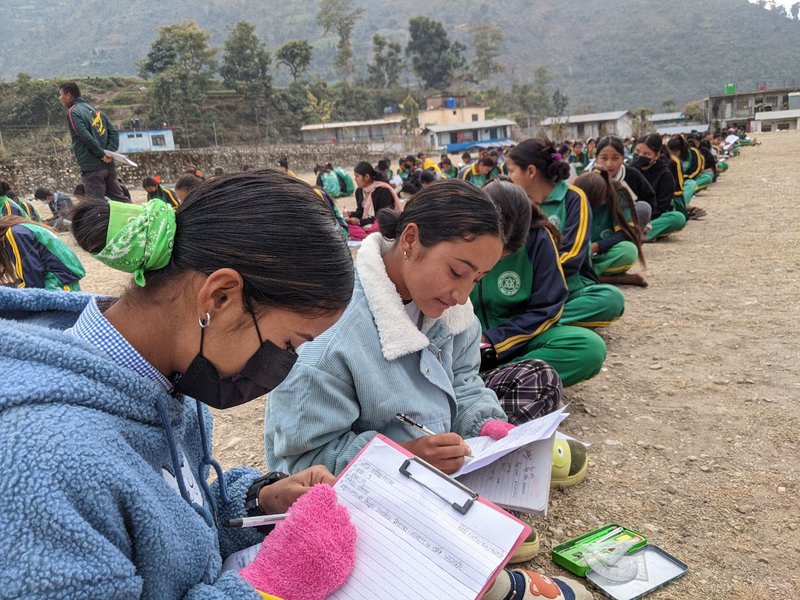
"We have been working in the district and municipality for a long time," they said. Helvetas Nepal also sent relief materials shortly after the earthquake. Dr. Manandhar expressed interest in supporting the reconstruction of school buildings and health posts during a meeting with municipal officials.
The earthquake on November 3, 2023, destroyed the historical palaces at Thaple and Pipaldanda of Khalanga, the district headquarters of Jajarkot, with a magnitude of 6.4. However, even two months after the disaster, the earthquake-damaged structures have not been demolished, and the sites have not been cleared.
At Thaple, two palaces were being used by government offices, a hotel, and 20 families. 'We have not yet removed our belongings from the ruined palace,' said one resident. Bishwa Bikram Shah, who had been running a homestay at one of the quake-damaged palaces, suggested that the damaged structure should be leveled to qualify for government aid for temporary housing. He explained that it would be expensive to demolish the structure and dispose of the debris, as there is no space to dump the timber, bricks, and other rubble.
It is worth noting that the earthquake destroyed the historical palaces two months ago. Dipak Jung Shah, former parliamentarian and one of the owners of the four privately-owned palaces, has been urging the federal government to restart reconstruction work.
The main palace in Khalanga, believed to have been built 138 years ago by the sons of the king of Jajarkot Junga Bahadur Shah, also sustained damage in the disaster. Before the earthquake, the District Administration Office was located in the palace.
Discussions are currently taking place to transfer ownership of the earthquake-damaged Mathillo Durbar in Thaple to the Department of Archaeology for reconstruction by the federal government, according to Krishna Bikram Shah, one of the Durbar's owners. Krishna Bikram stated that negotiations are ongoing regarding the conditions for the use of the property. These conditions include restrictions on the owners' ability to sell the property, divide it among themselves, or use it as collateral for loans from financial institutions.
The Tallo Durbar at Thaple was a four-sided palace with a central courtyard. The debris from the palace is extensive, and clearing the site will require significant resources. Krishna Bikram suggested that the government take initiatives for the reconstruction of the main durbar, which was built around 1885, and Tallo Durbar, which was constructed around 1893.
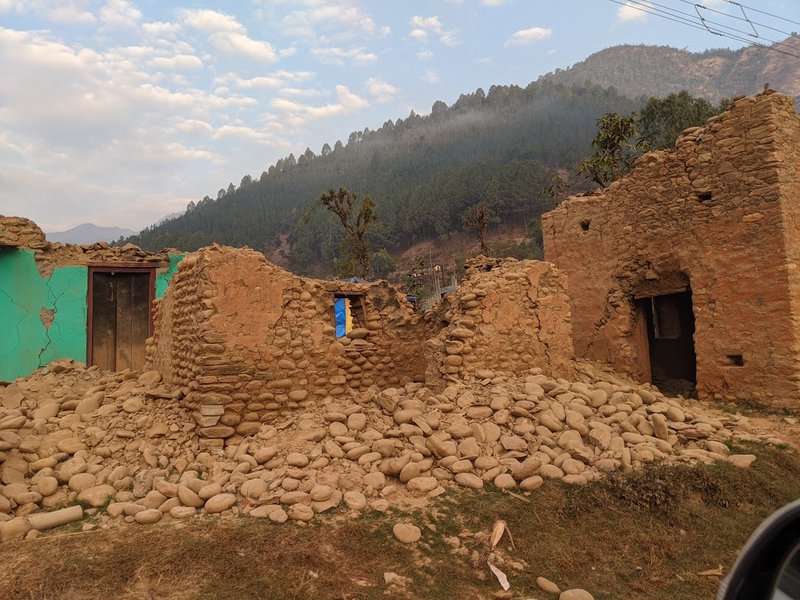
The federal government included the main palace at Khalanga on the list of 100 tourist destinations in the country for the Visit Nepal 2020 campaign, but the campaign was postponed due to the Covid pandemic. The palaces in Jajarkot have archaeological and historical significance. According to Chief District Officer of Jajarkot Suresh Sunar, the earthquake-damaged monuments should be reconstructed in their original traditional style and size.
In addition to the historical palaces, the earthquake also damaged over 300 government-owned and community-owned buildings. However, the district disaster management committee has only recorded 152 government and community buildings that were destroyed by the disaster so far.
Sunar stated that the assessment of the actual data on the government-owned and community-owned buildings destroyed in the disaster is pending. Details on the damaged or destroyed school buildings are yet to be received. Private housing management is currently underway. Assessment of the damage caused to public and community buildings will begin after the first tranche of housing aid is provided to the earthquake-displaced families. Approximately 36 government offices are providing their services from tents, according to him.
The earthquake also damaged numerous police posts in Jajarkot, Rukum West, Salyan, Jumla, and Kalikot districts. The Karnali Province Police Office in Birendranagar reported that a total of 54 police posts in the province were damaged by the earthquake.

Deputy Inspector General of Police Bhim Prasad Dhakal reported that security personnel slept in tents and conducted rescue work following the disaster. They have been preparing a public inquiry report based on damage assessment. In total, 33 police buildings in Jajarkot, 12 in Rukum West, four in Jumla, three in Salyan, and two in Kalikot sustained damage. The District Police Office in Jajarkot suffered damage, along with four other buildings, 12 area police offices, 10 police posts, and six temporary police posts.
The earthquake, which had its epicenter in Jajarkot, displaced 60,478 families in the province, according to data from the Karnali provincial government. However, even two months after the disaster, only around 17,000 temporary huts have been built, leaving thousands of displaced individuals to languish under flimsy tarpaulin tents.
According to the Temporary Housing Construction Grant Procedure for Earthquake-affected Households-2023, the federal government provides Rs50,000 in two tranches to families whose houses were completely or partially damaged and are now uninhabitable. However, many beneficiaries have yet to receive the aid necessary to build temporary shelters.

According to data from the province's Internal Affairs Ministry, Jajarkot has 35,140 applicants, while Rukum West and Salyan have 23,608 and 1,730 applicants, respectively.
Following the earthquake, 36 people died in Jajarkot and Rukum West due to cold, diarrhea, chronic illnesses, and fever.
A recent report from UNICEF revealed that over 68,000 children affected by the Nepal earthquake still require urgent assistance, highlighting an alarming situation in the three districts.
UNICEF Report
UNICEF is appealing for US$14.7 million in funding to support 68,000 children and their families affected by the 6.4 magnitude earthquake that struck western Nepal on November 3, 2023. Continued support is necessary to help rebuild the lives of the affected children.
The earthquake, which had its epicenter in Jajarkot District of Karnali Province, resulted in the death of 154 people and injured 366, with 81 of the fatalities being children. The earthquake damaged homes, schools, health facilities, and water supply infrastructure, disrupting critical services for children. Around 200,000 people, including 68,000 children, still need humanitarian assistance to rebuild their lives after spending a cold winter in temporary shelters.

Three months after the earthquake, many children in western Nepal continue to face daily hardships. According to Alice Akunga, UNICEF Representative to Nepal, the individuals affected by the disaster are still coping with the emotional aftermath of losing loved ones. In addition to the loss of homes, belongings, and schools, the children's development is also at risk. Despite rising temperatures, the need for basic necessities such as nutritious food, clean water, education, and shelter remains high. One effective method for rebuilding children's lives and restoring a sense of normalcy is to return them to school and facilitate their learning. This allows them to socialize with their peers, acquire knowledge, and recover.
Following the earthquake, UNICEF worked alongside the government and partners to distribute essential supplies to children and their families, including tarpaulins, blankets, medical tents, recreational and educational kits, and hygiene materials.
The earthquake caused damage to 898 school buildings, with 294 being fully damaged and 604 being partially damaged. This has affected the education of approximately 134,000 school-aged children.
Over 17,000 children have returned to school thanks to 223 temporary learning centers established by UNICEF with the support of development partners. Additionally, transitional learning centers, capable of withstanding extreme weather conditions, are being established to enable children to continue their education until school buildings are fully repaired.
Furthermore, UNICEF worked with local governments and partners to repair 565 damaged toilets and construct 251 temporary toilets. Additionally, UNICEF provided support for the government's campaign to vaccinate children against deadly diseases such as measles, rubella, and typhoid.
However, more needs to be done to support children and their families. Currently, only 7% of UNICEF's US$15.7 million appeal has been funded. This funding includes contributions from the UNICEF Global Humanitarian Thematic Fund, which is the most flexible form of funding and allows for rapid and strategic responses to humanitarian crises, as well as support from UNICEF National Committees. UNICEF is requesting an additional US$14.7 million in funding to continue providing life-saving support to children.
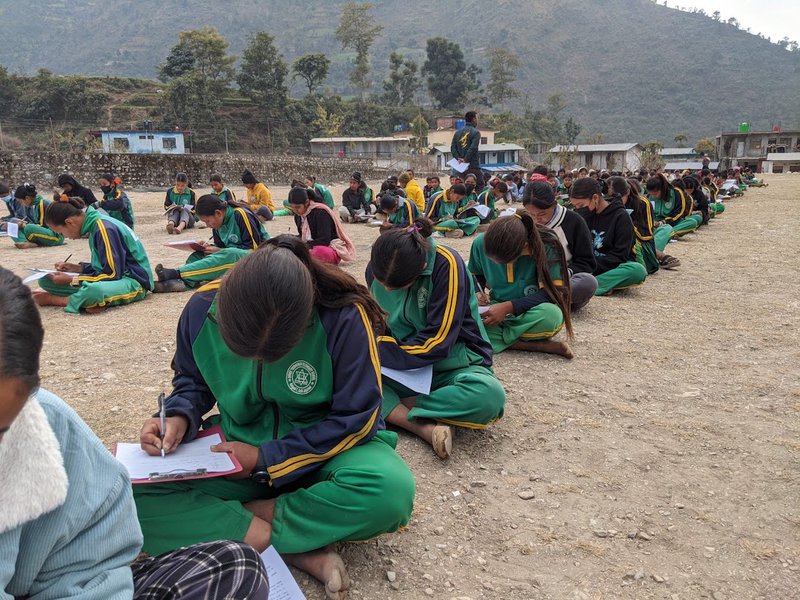
UNICEF expresses gratitude to all donors and supporters for providing essential resources. However, more work is needed to rebuild lives and instill hope in children for the future,” stated Akunga. “UNICEF is dedicated to collaborating with the Government of Nepal, partners, and donors to assist children and young people in dire need of aid. We are seeking investment from donors and partners to sustain our provision of life-saving supplies and services, which aid in the survival and well-being of children.
USAID In Recovery
The United States Government, through USAID, has announced $1.37 million to support recovery efforts following the devastating 2023 earthquake in Jajarkot, Nepal.
The earthquake, which had a magnitude of 5.6, struck on November 3, 2023, in Jajarkot and Rukum West districts. It claimed the lives of at least 154 people, injured hundreds, and caused damage to homes and buildings. The earthquake caused widespread displacement, disrupted essential services, and created urgent needs for shelter, food, clean water, and medical care.
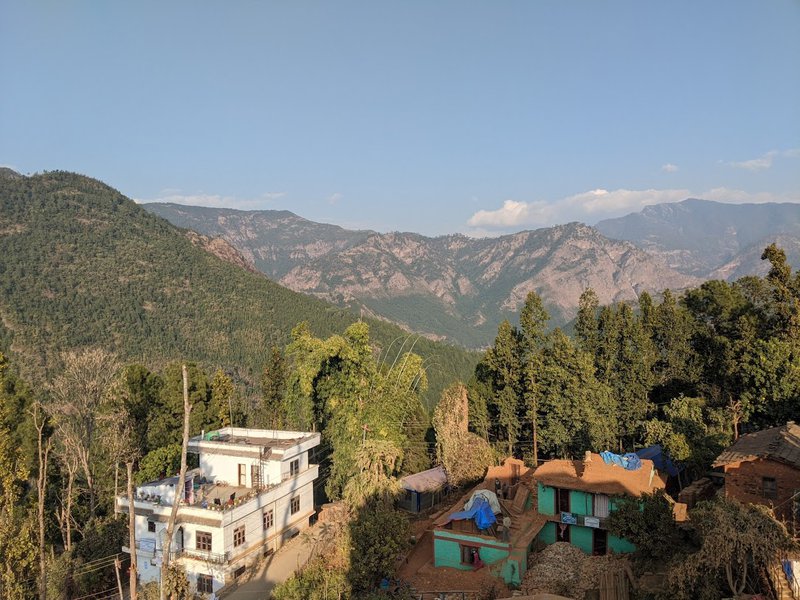
In response, USAID quickly shifted its existing programs to provide necessary relief supplies, water quality kits, and support for physical rehabilitation. In addition to the $23.3 million that USAID invested in disaster risk reduction and resilience in Karnali since 2019, rapid support was provided. Longer-term recovery, reconstruction, and rehabilitation work will continue in the coming months.
With the monsoon season approaching, earthquake victims in Jajarkot and Rukum may face severe difficulties without temporary shelters. UNICEF's report has already indicated the likelihood of this scenario for children.
- FOREIGN EXCHANGE: Largest Deposit
- Jul 22, 2024
- IMF: Approval Of SDR
- Jul 22, 2024
- NEPAL-KOREA RELATIONS: Fifty-Years Of Warm Relations
- May 31, 2024
- NEPAL-BRITAIN: Centenary Celebration
- May 31, 2024
- POLITCS: Forming New Alliances
- May 27, 2024
















